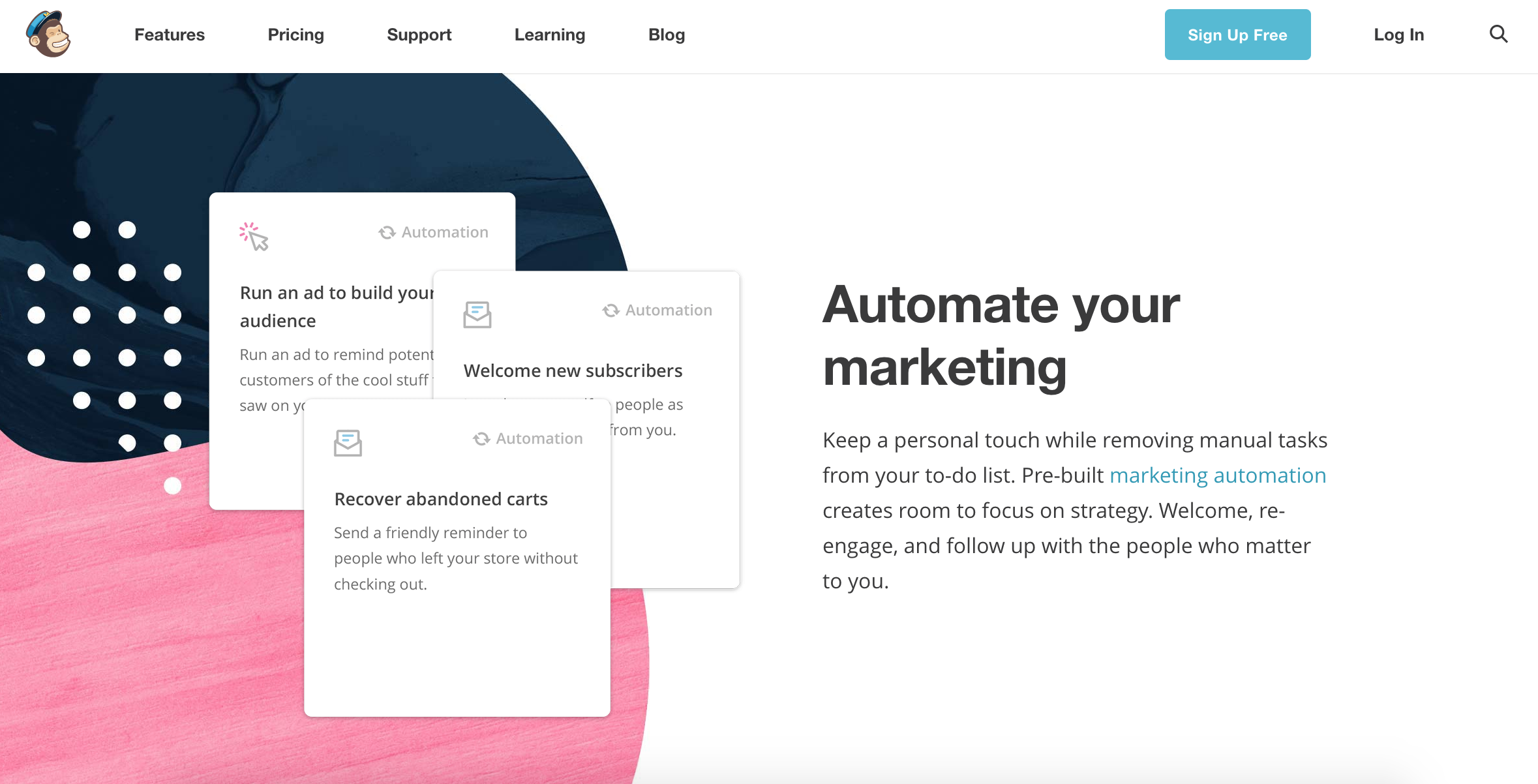It’s easy to get caught up in the details of design and feature development during a website build. The need for improved functionality or a fresh design is usually the driving force behind a project. These aspects are also generally viewed as the main contributors to a site’s success.
As a result, the site’s content ends up on the backburner and may not be completed until the tail end of the project. Designers and developers often have to use lorem ipsum text as dummy content during the development process, and the real content is put in when the rest of the site is just about finished.
There are a number of downsides to this approach. Without any sense of content needs, designers create layouts and wireframes independent of the information that will eventually need to fill the page. The site’s design and content run the risk of inconsistent messaging, and the end user experience may suffer.
Your site’s content should act as a guide during initial design decisions. Here are some key reasons to consider a content first approach during your site’s development.
Design Better Layouts
A content first approach is useful during the wireframing phase of the design process because it provides the start of a template. With a general idea of content length, designers can better accommodate copy and portray more accurate spacing on each page.
Designers can also use the content to guide placement for different site features like image galleries or form fields. Content may also dictate the alignment of the page – whether the text should be left aligned with certain features on the right, or if it should be centered due to its length.
A wireframe that’s created without any knowledge of the content may end up compromised by unexpected copy length or structure.

Convey a Consistent Message
Your company has an overall message and mission that you want to convey to site visitors. Site design and content should work together to communicate this message.
Content writers and designers should be on the same page when it comes to the company’s messaging so that the two complement one another instead of presenting opposing ideas. The design and content should match in overall tone.
A content first approach enables designers to take inspiration from the content to help deliver a unified message.

Avoid Redoing Work
When you design and develop a website without content, you run the risk of having to alter certain elements to accommodate the content. When there’s more copy than expected for the design, a page will look overly crowded and less visually appealing. Alternatively, the content writer may need to make significant edits in order to fit into the space they’re provided. Either way, your team has to double efforts and revisit their work.
Implement a More Efficient Workflow
A content first approach to your site build allows for a simplified workflow for both your designers and your content writers. Content writers can write copy from scratch without strict space limitations, and the designer will have a better mental image of what the wireframes should look like. Designers also don’t have to worry about altering certain elements as a result of copy revisions.
Craft the Best User Experience
Users come to your site with a specific goal to find out more information or perform a task. While design is important, they aren’t visiting your company’s site for its aesthetic. They want to know that they can accomplish their goals by understanding who you are and what you do.
Content informs users about who you are and what makes your business unique. It’s the core part of the user experience because users visit your site to get information, not to see your design. Design plays a major role in user experience, but content is the driving force.
Start with What You Have
Start with the content you already have. Determine what needs improvement, make revisions, or write new copy altogether. Then discuss the content with your design team. This approach ensures that your site’s messaging is consistent, you avoid redoing work, and that the user experience is the best it can be.
